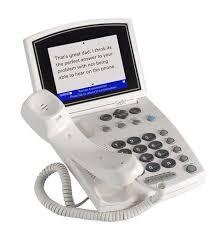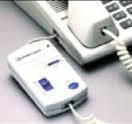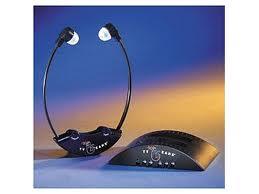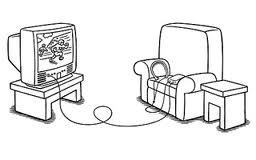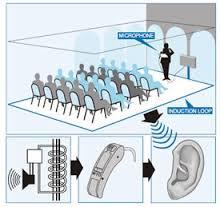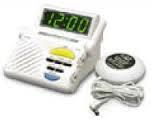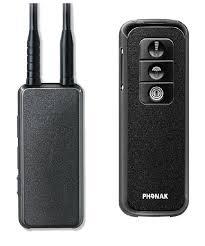Teenagers are a transition period in which the child becomes an adult. At this point, a teenager goes through a variety of physical changes, thoughts, feelings and beliefs. Teenagers can be very sensitive to anything that makes them different from others, including hearing impairment.
Hearing loss is a defect that can not be seen with the naked eye. However, it can have a huge impact on an adolescent. Studies show, in every 1000 births, one of them found to have hearing loss. It can occur in two ways, namely natural (congenital) or after birth (acquired).
Congenital hearing loss is a hearing loss acquired since birth. These includes inherited (hereditary) and other factors present during pregnancy or during birth. Genetic factors like syndrome contribute to over 50 % incidence of congenital hearing loss.
An acquired hearing loss is a hearing loss that appears after birth. It can be caused by:
- Impact of disease. Example: meningitis
- Ear infection. Example: otitis media
- Impact on the situation. Example: exposure to loud noise
- Impact of injuries. Example: head injury
Coping with hearing loss is different from other disabilities in that it is an invisible handicap. In most cases, teens can overcome hearing problems faced by more efficient compared with small children because they already have a language and social skills to guess or predict information and indistinct sounds.
Untreated hearing loss can create feelings of shame, depression and even fatigue. Not only in individuals with hearing loss but also to family members and friends.
An estimated 5-10 % of hearing problems can be treated with medication or surgery depending on the disease process. However, if the hearing evaluation found that the patient’s hearing condition can not be cured, then the use of hearing aid must be considered.
Hearing aids are electro acoustic devices designed to amplify the sound to the ear. There are different sizes and shapes of hearing aids to choose depending on the severity of hearing loss and lifestyle. The basic types of hearing aids are behind the ear (BTE), in the ear (ITE), in the ear canal (ITC) and completely in the ear canal (CIC).
If the hearing loss occurs at both sides of the ear, then the use of binaural hearing aids is encouraged. This is because, it can:
- assist in determining the direction of sound
- improve speech understanding in noisy situations
- makes hearing better as a whole
In addition to hearing aids, assistive listening device (ALD) can be used alone or in conjunction with personal hearing aids. These aids can help to separate sounds (such as speech or music) you want to hear from the background noise. This tool also allows the wearer to hear even the sound source / speakers are in the distance.
The ALDs facilities that can be used are:
- Telephone
- Device that can amplify the ring of the telephone and have a volume control to adjust the loudness of the incoming voice.
- Induction loops minimize background noise and improve the clarity of voice. This tool is used with a hearing aid.
- Induction loops TTY ( teletypewriters ) are a text-based devices that allows people with severe or profound hearing loss to communicate using a telephone line.
- Television
- Earphones / headphones connected with an earphone’s socket directly into televisions and make it more comfortable and easy when watching television alone.
- TV amplifier can be used with or without a hearing aid. It does not require an earphone’s socket. It is suitable for use while watching in a group as they do not affect the volume of the television while others are watching. A small microphone is attached to the television speakers and connected by a wire to earphones or neck loop (if used with a hearing aid).
- Induction loops
- The infrared system can be coupled to a television, radio and stereo simultaneously. The system is wireless and involve the transmission of the infrared signals. It can be used with or without a hearing aid.
- Music and entertainment
- Induction loops can be used to listen to MP3 players, personal stereos, iPods, computer sound systems and gaming consoles such as Playstation or Xbox.
- Alert system
- For the door: A remote control will emit light indicates that there is someone at the door.
- For telephone: A teleflash with bright warning light and extra loud sound for the phone to warn an incoming call.
- A vibrator: commonly used to wake people from sleep.
- Safety: the remote control will flash light indicates that there is smoke in the house.
- Public
- Induction loop is a system that can be used in public places such as cinemas / theaters and community halls. However, it should be used with a hearing aid.
- FM systems
- Used to transmit sound from one person to another, irrespective of distance and noise. It can be used with or without a hearing aid. FM system provides better hearing in a situation where it is impossible to sit close to the speakers. This system is very useful for helping students with hearing problems to deal with poor listening conditions during the learning session. It is also useful for adults to help them listen in a meeting or lecture.
| Last Reviewed | : | 10 October 2016 |
| Writer/Translator | : | Norasmah bt. Mohammed |
| Accreditor | : | Siti Suriani bt. Che Hussin |


